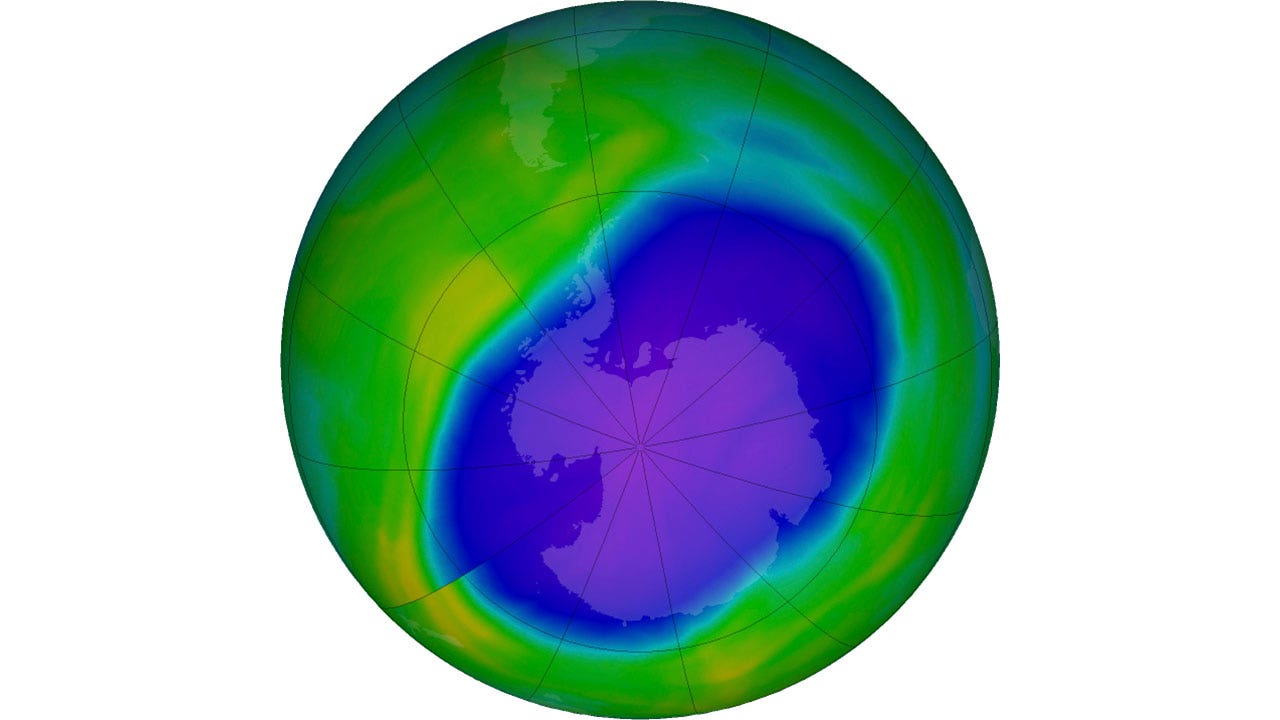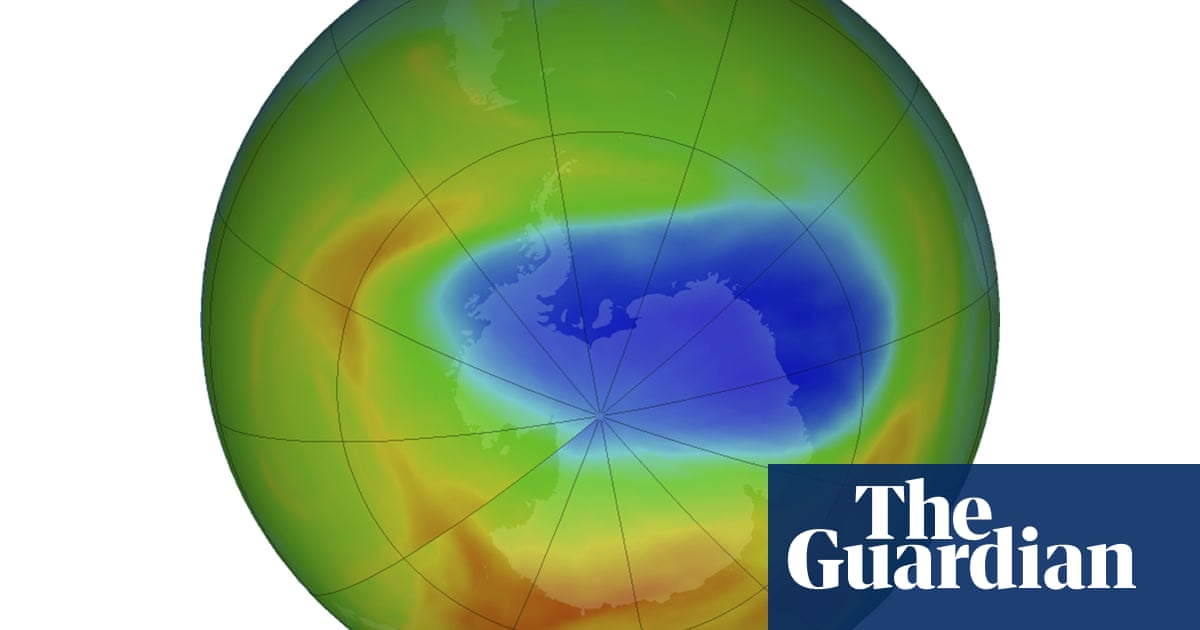The Facts
According to a UN report released Monday, the giant hole in Earth's ozone layer over Antarctica could fully heal by 2066. The news comes after the last assessment of recovery progress — made four years ago — found only slight and preliminary signs of healing.
Though healing is slow, the report shows the protective layer of the upper atmosphere — which has a global average thickness of 18 miles — could be back to the pre-thinning levels seen in 1980 in about 43 years. The publication further suggests that the ozone hole above the Arctic may be fully healed by 2045.
The Spin
Narrative A
Evidence of the efficacy of the world’s coordinated response is having to tackle the ozone crisis is inspiring, and scientists should celebrate this continued trend of ecological progress. Furthermore — as the shrinking ozone hole illustrates — nations can solve climate change issues if they come together. The world is capable of uniting to reduce fossil fuel usage and tackling pollution if it uses the successful Montreal Protocol model employed to minimize ozone-depleting substances.
Narrative B
These results are certainly testament to the success of the Montreal Protocol, but the broader future of Earth's climate is not so certain. CFCs were only produced by a handful of companies, so it was relatively easy to reduce their production. Fossil fuels on the other hand — which pose the much greater issue — are more widespread and have greater longevity in our atmosphere. The reality of the much more significant environmental challenge facing scientists, politicians, and the population at large when it comes to climate change is sobering.




/cdn.vox-cdn.com/uploads/chorus_asset/file/24349504/665296.jpg)






